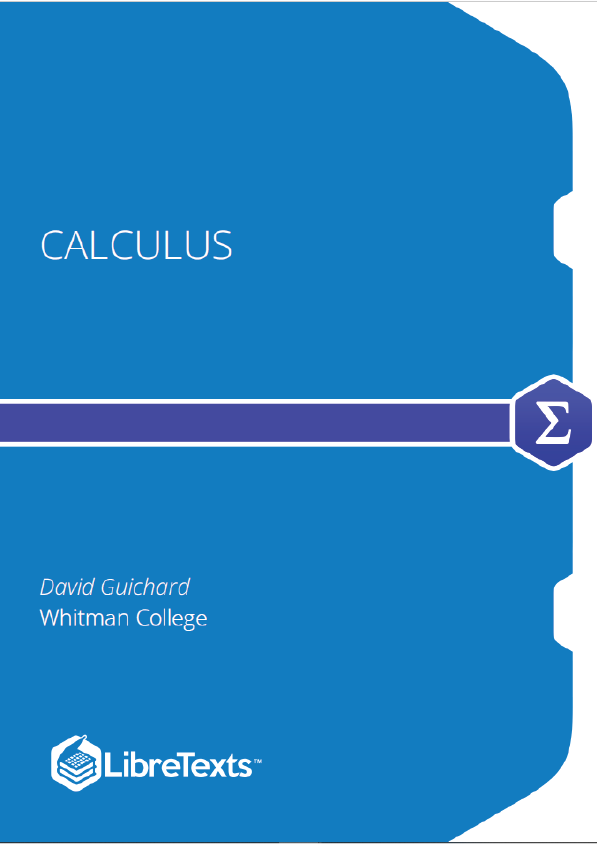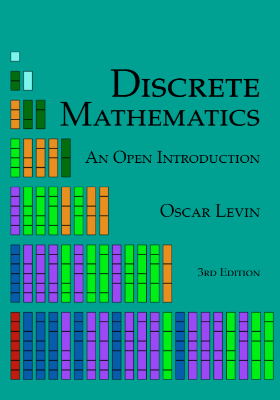Shifts and Dilations
Many functions in applications are built up from simple functions by inserting constants in various places. It is important to understand the effect such constants have on the appearance of the graph.
Analytic Geometry (Exercises)
These are homework exercises to accompany David Guichard’s “General Calculus” Textmap. Complementary General calculus exercises can be found for other Textmaps and can be accessed here.
If you happen to know some “derivative formulas” from an earlier course, for the time being you should pretend that you do not know them. In examples like the ones above and the exercises below, you are required to know how to find the derivative formula starting from basic principles. We will later develop some formulas so that we do not always need to do such computations, but we will continue to need to know how to do the more involved computations.
Adjectives for Functions
As we have defined it in Section 1.3, a function is a very general object. At this point, it is useful to introduce a collection of adjectives to describe certain kinds of functions; these adjectives name useful properties that functions may have. Consider the graphs of the functions in Figure 2.5.1. It would clearly be useful to have words to help us describe the distinct features of each of them. We will point out and define a few adjectives (there are many more) for the functions pictured here. For the sake of the discussion, we will assume that the graphs do not exhibit any unusual behavior off-stage (i.e., outside the view of the graphs).
Rules for Finding Derivatives
It is tedious to compute a limit every time we need to know the derivative of a function. Fortunately, we can develop a small collection of examples and rules that allow us to compute the derivative of almost any function we are likely to encounter. Many functions involve quantities raised to a constant power, such as polynomials and more complicated combinations like . So we start by examining powers of a single variable; this gives us a building block for more complicated examples.











